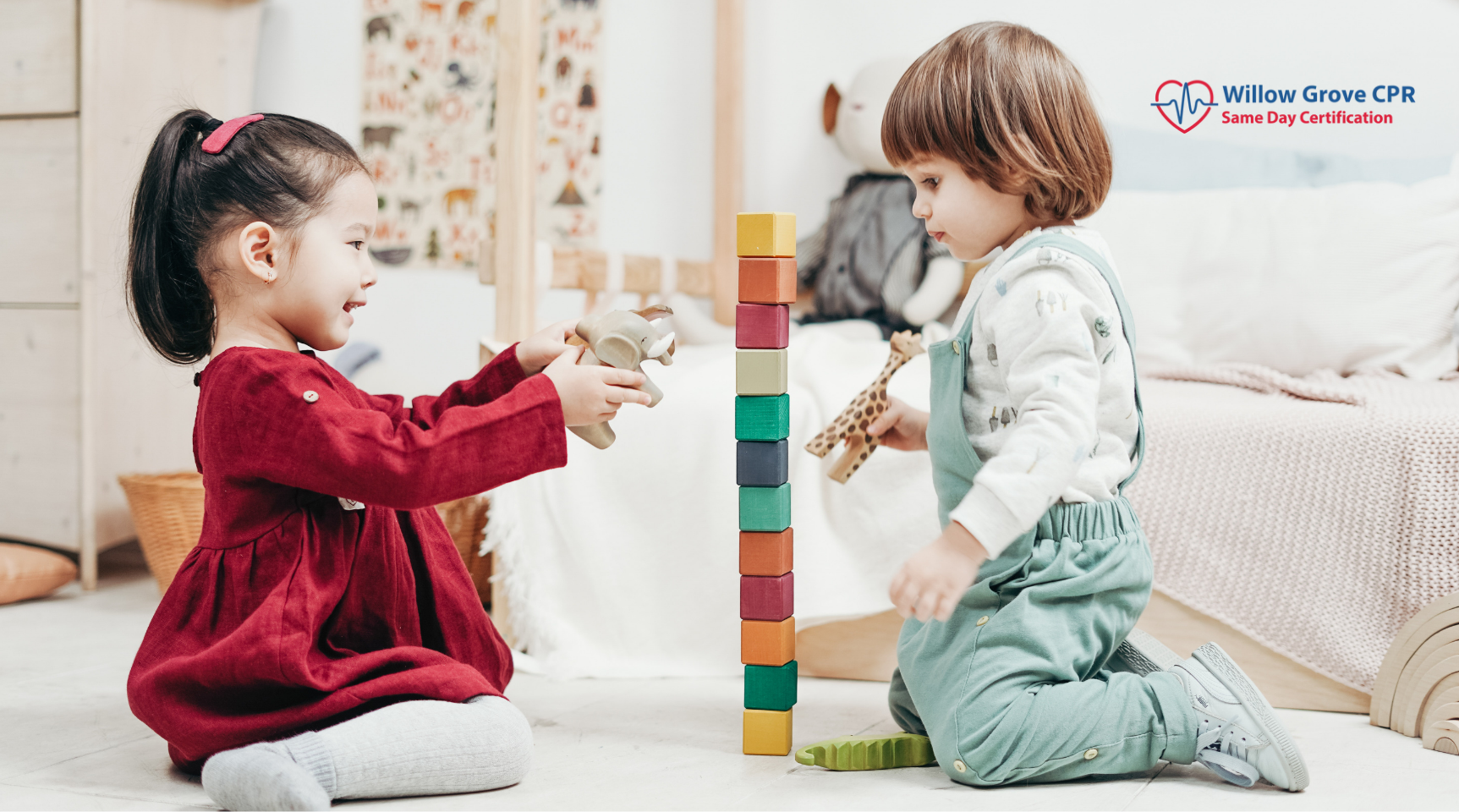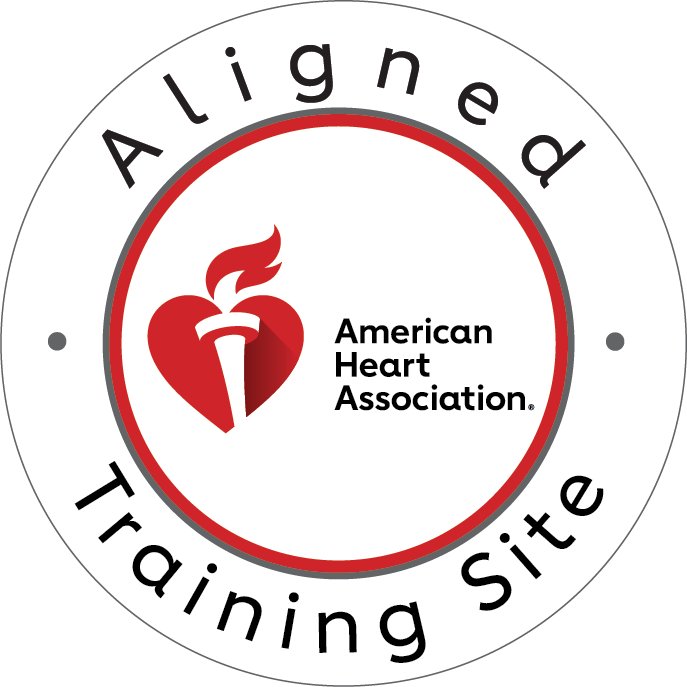CPR for babysitters is an important first step in saving a life and it's never too early to learn CPR. If you’re older than 13, you can take our Pediatric First Aid CPR AED course. It will teach you what to do in the event of a medical emergency and how to save a life by performing CPR.

Introduction
First off, babysitters, I want to commend you for what you do. You’re helping your community by giving parents a night out, which can reduce stress and foster positive family dynamics. In addition to making the world a better place, you’re also earning some spending money at the same time. A win-win! And if you’re concerned about safety in general or specifically about responding to emergencies when babysitting, there’s good news: You can be prepared for everything that comes your way.
For babysitters, preparation is paramount. And if you understand the signs of an emergency, you’ll be able to minimize risk.
As a babysitter, you are responsible for your client's child. That can be a lot of pressure—and it's also why preparation is so important.
To minimize risk, babysitters should know what to do in an emergency and how to assess a situation before acting. Babysitters should also be able to recognize signs of an emergency so they can respond quickly and efficiently. Finally, while they wait for help, babysitters should know what steps they can take until paramedics arrive at the scene.
For these reasons and more, it’s crucial that all babysitters become CPR-certified (or get first aid training) as soon as possible.
You’ll learn how to assess a situation before you act.
One of the most important things you’ll learn in CPR training is how to assess a situation before you act.
As a babysitter, you probably know your way around an emergency or two. You have seen toddlers choke on goldfish crackers and witnessed infants throw tantrums over their toys being taken away.
But there are some emergencies that will require more than just first aid and soothing words. When it comes to babies and children, it is especially important that you know the signs of an emergency, so that—if necessary—you can act quickly enough to save someone's life.
Knowing the signs of an emergency.
If you learn CPR for babysitters, you will be ready to help in an emergency. You should know the signs of an emergency and understand how to evaluate a situation before acting. This can help you determine if someone needs CPR or other medical care.
CPR and first aid training can deliver far-flung benefits for babysitters for a number of reasons, including:
The benefits of CPR training are not limited to just babysitters. It also offers benefits for students, teachers and parents of kids who babysit. Students gain experience in evaluating the scene of an emergency, assessing a situation before acting and knowing what to do while waiting for help. Teachers can use the skills they’ve learned in class to provide their own children with quality care when needed. Parents can be more confident about leaving their kids at home if they know they have access to these life-saving skills.
Knowing how to handle emergencies is important, but knowing how prevent them is even better! From making sure your house has smoke detectors installed to keeping water bottles out of reach from curious little ones, there are many things you can do as a caregiver that will go a long way towards keeping everyone safe at home—and beyond!
You’ll learn how to evaluate the scene of an emergency.
It may seem most important to act when you see a child or baby in danger, but it's imperative that you first evaluate the scene. If someone is choking, for example, and you're afraid that performing CPR could make matters worse by pushing a piece of food further down their throat, then it's best to stay calm and wait for help. When evaluating an emergency situation, ask yourself these questions:
- What happened?
- Is anyone hurt (or about to get hurt)?
- How fast can I respond without putting myself in danger?
Conclusion
CPR for babysitters is an important first step in saving a life and it's never too early to learn CPR. If you’re older than 13, you can take our Pediatric First Aid CPR AED course. It will teach you what to do in the event of a medical emergency and how to save a life by performing CPR.




